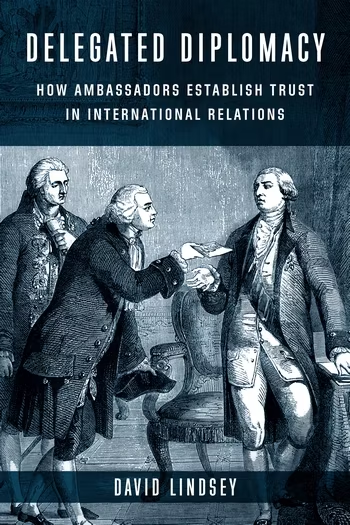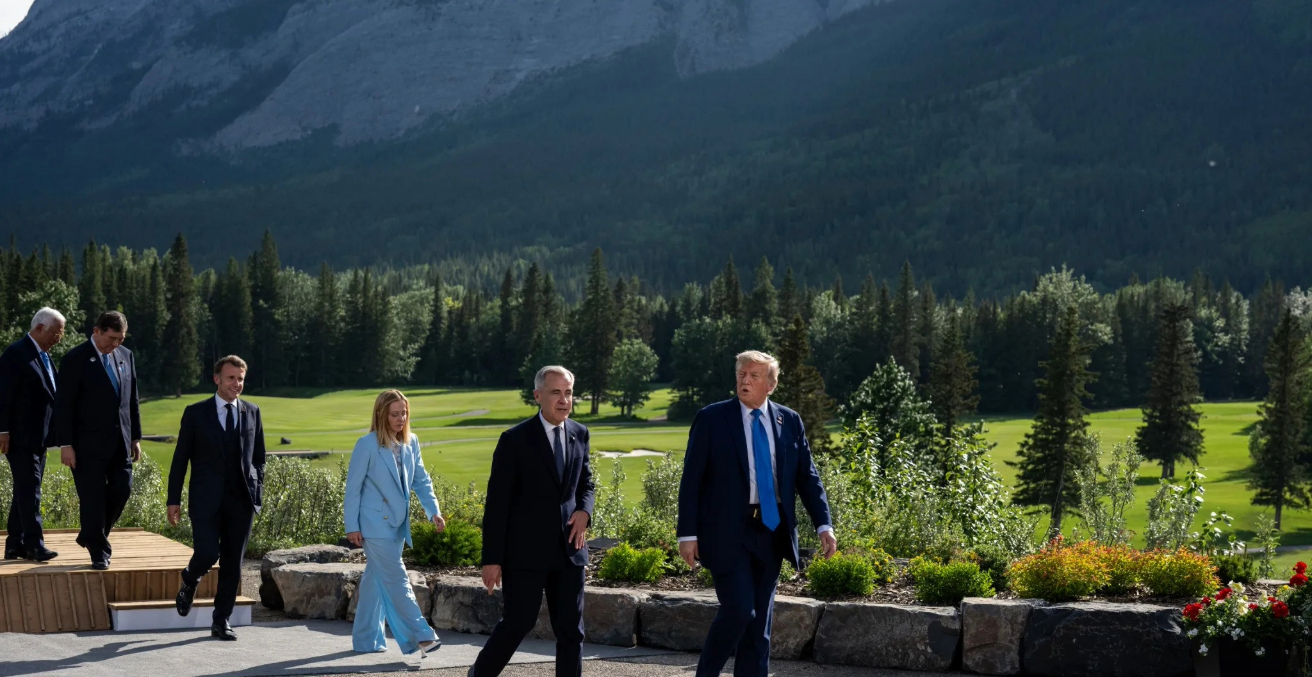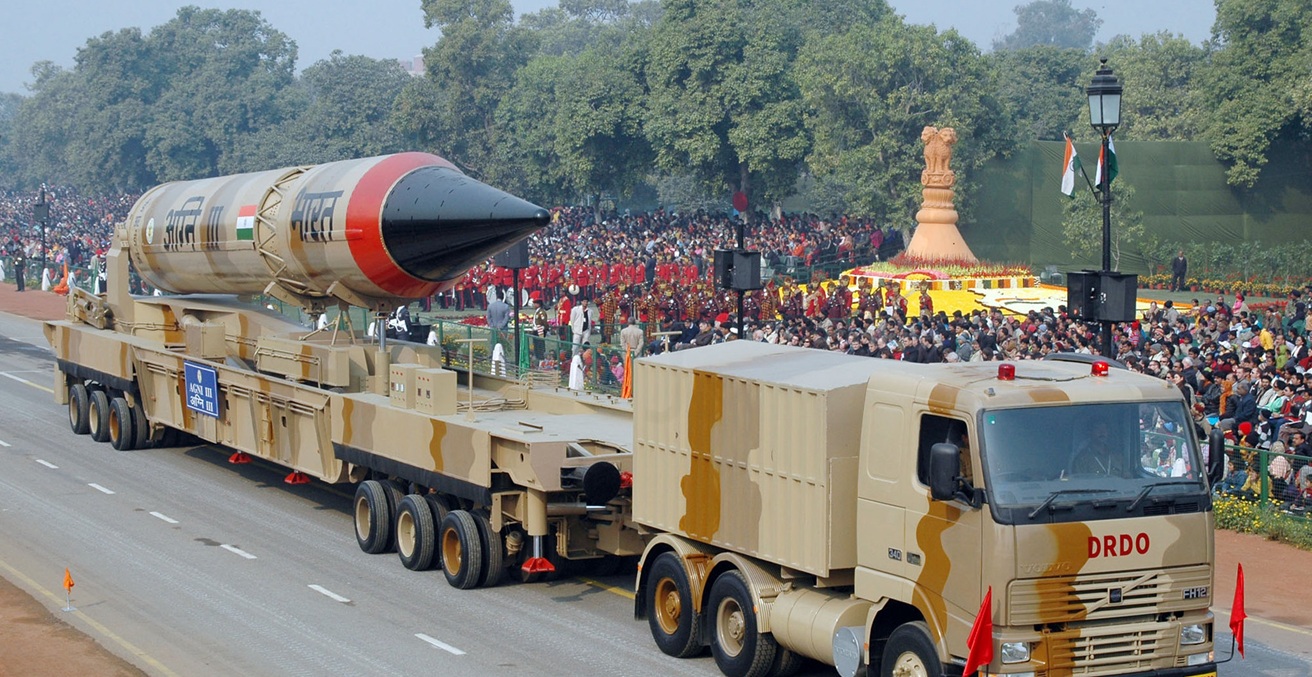As several stakeholders contest their claims over the South China Sea, a common Code of Conduct is unlikely to emerge. China’s actions, in particular, undermine regional stability.
The South China Sea has become a cauldron of instability. Over the past year a series of worrisome incidents at sea have occurred that have made headlines in the media, whether they occurred between China and the Philippines, near Scarborough Shoal or Second Thomas Shoal, in the Taiwan Straits, in the East China Sea or, as recently, within Japan’s EEZ.
Each time, the Chinese maritime militia, coast guard, navy, and air force have been singled out for displaying aggressive and unprofessional maneuvers such as near-collisions, the use of sonar against divers despite repeated warnings, the use of water cannon and dazzling lasers, swarming, and ramming, to name just a few of the methods that have been documented. Until now, China has so far firmly rejected any responsibility and returned accusations, saying it was in fact reckless maneuvers and provocations by Australians, Americans, and Filipino ships that had called for a reaction.
Is China the only actor destabilising the South China Sea? In answering this question it is important to analyze who controls what in the South China Sea.
In 1946, Nationalist China occupied Woody Island in the Paracel archipelago and Itu Aba in the Spratlys. After the defeat of Chang Kai-Shek on the continent and his retreat to Taiwan, the People’s Republic of China (referred to here as China) took control over the Crescent group (in 1954) and then of the entire archipelago in 1974 following a naval battle with South Vietnam. With the Paracels completely occupied, the PRC turned its attention to the Spratly Islands, but at the time didn’t have the means to move forward.
As other claimants were in a race to occupy as many islands and reefs as possible in 1988, China began scouting for itself, and a naval battle occurred near Johnson South Reef between China and the unified Vietnam. Following Vietnam’s defeat, China proceeded to occupy seven features, including its current day three naval and air bases: Fiery Cross Reef, Subi Reef, and Mischief Reef.
In the meantime, other claimant states were very active, including the Philippines that occupied its first island in 1970 at Southwest Cay. In total, the Philippines has taken control over nine features (in 1971, 1974 and 1978) passing in 1978 the Presidential Decree No. 1596 declaring Philippines ownership over most of central Spratly archipelago.
A few years later, in anticipation of the results of the ongoing negotiation over UNCLOS III, Malaysia published its “New Maps” of 1979, displaying a 200 nautical mile (Nm) continental shelf and exclusive economic zone (EEZ). It then went on to occupy five features in 1983, 1986, and 1999, including Pulau Layang Layang or Swallow Reef.
Vietnam has not remained idle and has sought to occupy the largest number of features, including nine islands, islets, and sandbanks; 14 reefs, and the establishment of twenty-one DK1 platforms in the Vanguard Bank area between 1970 and 1978 and later between 1987 and 1998 (of which five have collapsed due to storms). It was also the first of the claimants to declare a 200 Nm EEZ and continental shelf in 1977.
But aside from occupying features, an ever-growing number of hybrid tactics has been observed. China has been adopting a 360-degree approach to its national interests by manipulating its national laws and engaging in international lawfare. For instance, Beijing claims an archipelagic baseline around its claimed features and has named sea mounts in its neighbors’ EEZs. James Shoal, for example, has been named by China as its southernmost point, even though it is located twenty-two meters below water and well within Malaysian’s EEZ.
China also organises patriotic cruises and other activities, builds lighthouses on reefs, lays buoys, reclaims land on a mass scale, deploys its maritime militia and coast guard units in its neighbors’ waters, and occupies Scarborough Shoal, among other activities.
Malaysia, following its long-standing policy of keeping a low profile has, behind a curtain of diplomacy, refrained from taking any action that might be interpreted negatively. Today, its only reclaimed feature, Swallow Reef, is mostly used as a tourist destination.
The Philippines, long seen as the weakest link among the South China Sea claimants, has displayed a rather powerful grey zone tactics playbook over the past ten years, starting the legal action at the Permanent Court of Arbitration, acquiring Brahmos hypersonic missiles from India, enhancing the initial Enhanced Defense Cooperation Agreement (EDCA) agreement, negotiating a Visiting Force Agreement with Japan and Australia, and conducting joint patrols with both regional and extra-regional partners. More recently, the Philippines Coast Guard adopted a “Name and Shame” or “Transparentizing” strategy aimed at raising national, regional, and international support for its policies and actions in resisting Chinese assertions in the West Philippines Sea, with some success.
Vietnam also keeps a low-profile, albeit while consistently expanding and improving its network of installations in the Spratlys, to the point that it now controls more islands and maritime features than all of the other claimants, China and Taiwan included. Vietnam has also sought to improve its relations with various nations including India, Japan, the United States, Australia, and European countries.
Aside from China and Southeast Asian claimants, other countries are interested in the South China Sea, such as the United States. The US advocates for freedom of navigation in international waters, deploying Freedom of Navigation Operations, over flights, innocent passages, and port calls all over the region, even though it is not a signatory of UNCLOS. Japan and Korea, too, have been more present in the area over the past decade, offering or selling equipment such as patrol boats and aircraft, naval and air radars, and satellite communication tools to all SEA claimants.
The EU and individual European countries, such as France, Germany, the Netherlands, Italy, and also the United Kingdom have expanded their presence and are now joining many of the region’s fora as observers, making port calls, participating in naval exercises, and increasing their diplomatic presence.
Based on all these elements, it is fair to say that even though China is not the only actor with active and assertive agenda, it surely is the most dominant one.
As each stakeholder in the South China Sea continues to secure their respective territorial claims, the general perception in Southeast Asia as well as in the broader Indo-Pacific is that there is little chance of the Code of Conduct (COC) succeeding. Another fear is that China simply will not respect any agreed upon terms, just as it has repudiated UNCLOS and the Code of Conduct over the past decade. This reality leaves us with the possibility that grey zone and or other tactics utilized by South China Sea stakeholders may potentially spark a conflict that destabilises the main sea lines of communication and its the US$5.5 trillion regional market for imports and exports.
Extra regional countries like Japan, Australia, the US, Canada, and others will need to work hard with their Southeast Asian partners and other like-minded countries to minimise geopolitical risk in the region, and by encouraging a stabilisation of provocative behaviors by all parties.
Benjamin Blandin is a network coordinator at the Yokosuka Council for Asia-Pacific Studies (YCAPS) and a PhD candidate in geopolitics focusing on the phenomena of asymetric warfare in the South China Sea at the Paris Catholic University.
Stephen Nagy is a Professor at the Department of Politics and International Studies at the International Christian University. Concurrently, he is a senior fellow at the MacDonald Laurier Institute (MLI), a fellow the Canadian Global Affairs Institute (CGAI), a senior fellow with the East Asia Security Centre (EASC), and a visiting fellow with the Japan Institute for International Affairs (JIIA). He also serves as the Director of Policy Studies for the Yokosuka Council of Asia-Pacific Studies (YCAPS) and a Governor for the Canadian Chamber of Commerce in Japan. Twitter handle: @nagystephen1.
This article is published under a Creative Commons License and may be republished with attribution.




